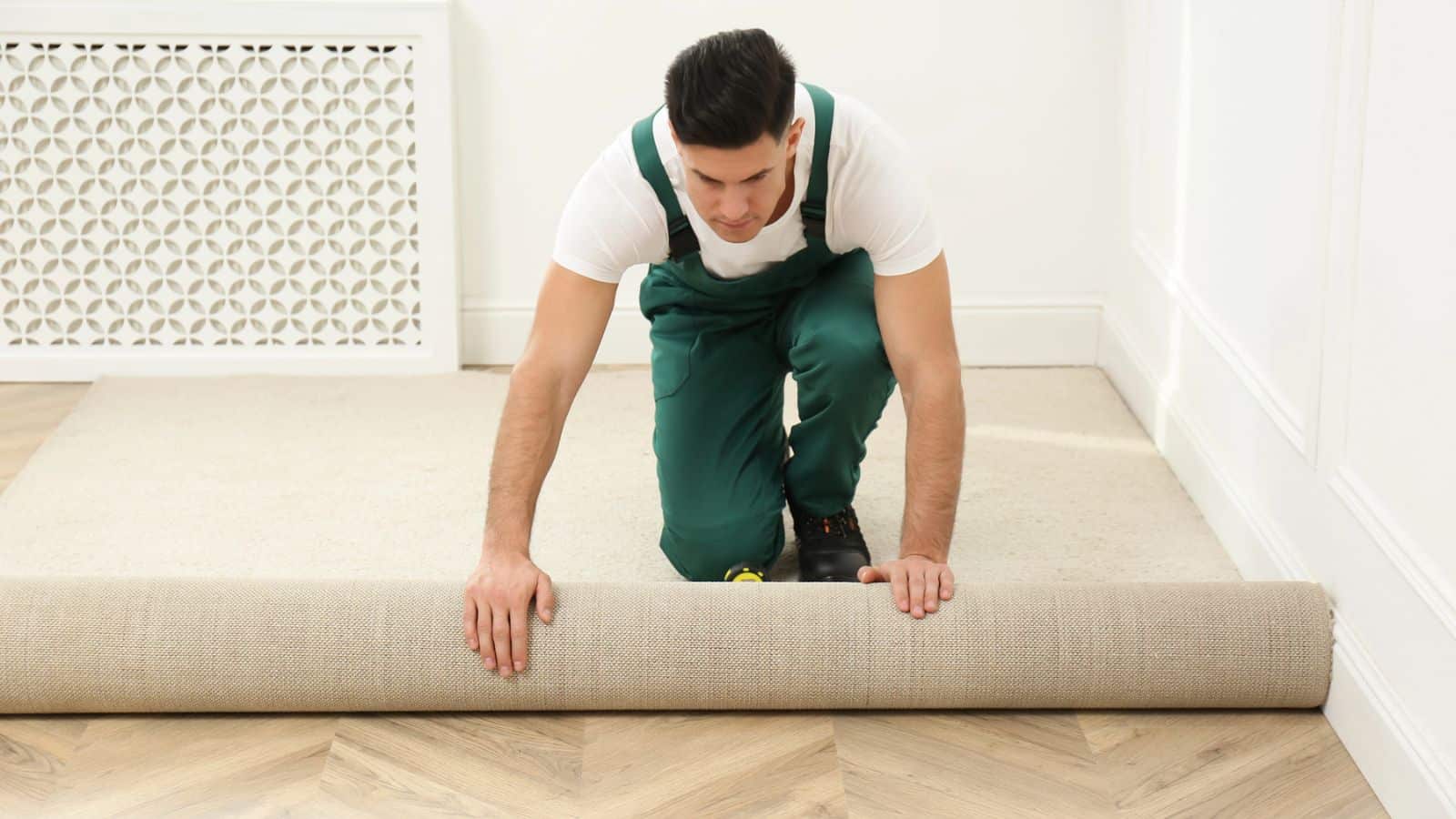Upgrading your home can be a great way to add comfort or style—but not every project pays off. Some changes may look great to you, but turn off potential buyers when it’s time to sell. Here are some of the most common upgrades that can actually hurt your home’s resale value.
Overly Personalized Decor

Bright paint colors, bold wallpaper, or themed rooms may reflect your style, but they can be a turnoff to buyers. Most people want a home that feels move-in ready, and anything that looks like it’ll take time or money to undo can scare them off. Neutral finishes tend to attract more interest and better offers.
💸 Take Back Control of Your Finances in 2025 💸
Get Instant Access to our free mini course
5 DAYS TO A BETTER BUDGET
High-End Kitchen Remodels

A top-of-the-line kitchen might seem like a selling point, but going overboard doesn’t always pay back. Luxury appliances, imported countertops, or custom features can price your home above similar listings in your area. Buyers may not want to pay extra for upgrades they don’t need—or would’ve chosen differently.
Built-In Electronics

Wall-mounted TVs, complex sound systems, and home theaters may seem impressive, but not everyone wants them. These setups can make rooms feel less flexible and may be outdated by the time you sell. If they’re not easily removed, buyers may see them as more of a hassle than a perk.
Converting a Bedroom Into Something Else

Turning a bedroom into a home office, gym, or walk-in closet may work for your lifestyle, but it can hurt resale value. Fewer bedrooms often mean lower offers, especially if buyers are looking for space for family or guests. Even if the room can be converted back, the change may affect how buyers view the home.
Removing Closets

Closet space is high on most buyers’ wish lists. Removing a closet to make a room bigger or create an open layout can backfire. Even if the room looks nicer, losing storage is rarely worth it when it’s time to sell. Buyers often pass on homes that don’t meet their everyday storage needs.
Overdoing Landscaping

Curb appeal matters, but going overboard with fountains, exotic plants, or custom hardscaping can backfire. High-maintenance yards may scare off buyers who want something simple. While a neat lawn and fresh mulch help, anything that looks like it’ll be expensive to maintain can hurt your chances of getting top dollar.
Pool or Hot Tub Additions

A pool or hot tub might seem like a fun upgrade, but it doesn’t always pay off. In a lot of places, the extra upkeep and insurance can turn buyers off. If pools aren’t common in your area, it could even make your home harder to sell. It’s a big cost that doesn’t always add value.
Luxury Flooring That Doesn’t Fit the Home

Installing high-end flooring like marble or exotic hardwood can feel like a major upgrade—but if it doesn’t match the rest of the home, it may not impress buyers. People notice when one feature feels out of place or too costly for the overall value of the house. Consistency and quality usually matter more than flash.
Custom Built-Ins Everywhere

Built-in desks, shelves, and seating areas may work great for you—but buyers may see them as limiting. They can make rooms feel less flexible and harder to redesign. In smaller spaces, bulky built-ins can make things feel cramped instead of cozy.
Upgrades That Don’t Always Pay Off

The best home updates improve how you live and how others see the space. While personal touches can make your house feel like home, they may not add value when it’s time to sell. Before diving into a big project, it’s worth asking if it will help—or hurt—down the line.
10 Ways To Make Your Home Look Fabulous for Less

Making your home look amazing doesn’t have to break the bank. Implementing some simple yet effective ideas, you can transform your space into a stylish haven without overspending. Whether you’re refreshing a single room or overhauling your entire home, there are plenty of ways to achieve a high-end look on a budget. These 10 tips will help you maximize style while minimizing costs. 10 Ways To Make Your Home Look Fabulous for Less



